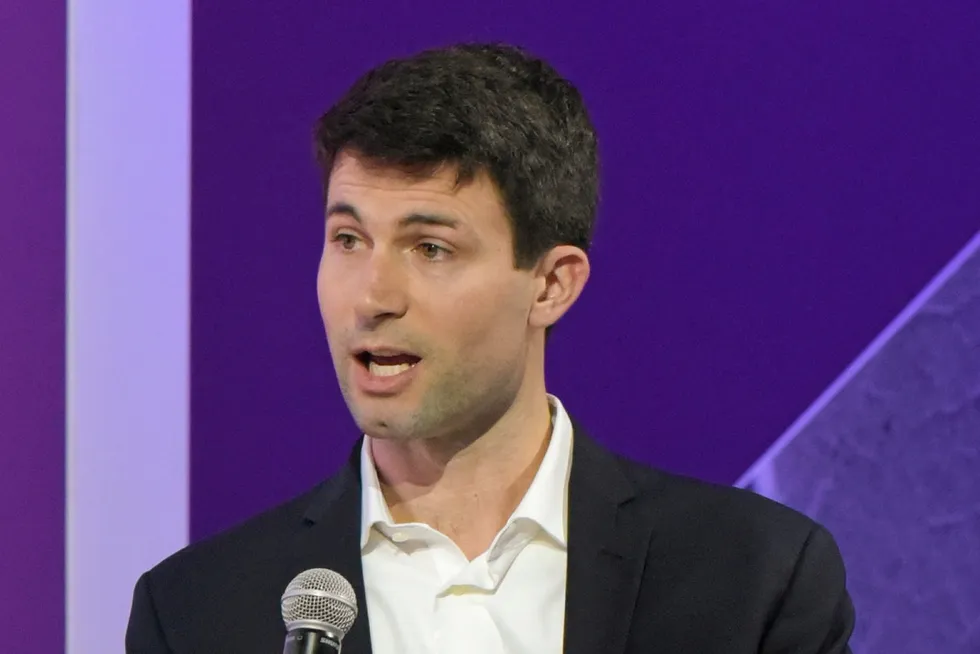Orsted calls for compromise on clean hydrogen production tax credit rules
Renewables developer argues for 15% of project capacities exempted from shift to hourly matching if commissioned before 2032

Renewables developer argues for 15% of project capacities exempted from shift to hourly matching if commissioned before 2032
